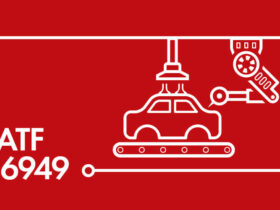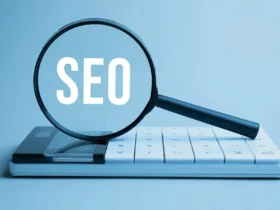The registration of medical devices is a crucial procedure that needs to be carefully planned and compliant with regulations. The responsibilities of regulatory affairs services and pharma regulatory services are highlighted in this handbook, which offers a thorough overview of the crucial procedures involved in medical device registration.
Medical Device Registration
Medical device registration is obtaining regulatory approval from health authorities to market and sell medical devices. This approval ensures that devices meet safety, efficacy, and quality standards before they are available for clinical use. Regulatory affairs services play a crucial role in guiding companies through this complex process, ensuring compliance with local and international regulations.
Step-by-Step Guide to Medical Device Registration
Step 1: Determine Regulatory Requirements
The first step in medical device registration is to determine the regulatory requirements applicable to the device’s intended market. It involves identifying the regulatory bodies and understanding their guidelines and documentation requirements. Regulatory affairs services provide expertise in interpreting these requirements and developing a regulatory strategy tailored to the device and its target markets.
Step 2: Prepare Regulatory Documentation
Once regulatory requirements are identified, the next step is to compile and prepare the necessary documentation for submission. It includes technical documentation, clinical data, risk assessments, and labelling information. Regulatory affairs professionals assist in organising and reviewing these documents to ensure completeness and accuracy, which are essential for successful regulatory approval.
Step 3: Conduct Pre-submission Meetings
Many regulatory authorities offer pre-submission meetings where companies can discuss their regulatory strategy and submission plans. These meetings provide an opportunity to address any concerns or questions regulators may have before formal submission. Regulatory affairs services help prepare for these meetings, ensuring all relevant information and strategies are presented effectively.
Step 4: Submit Application and Review Process
Once the documentation is prepared and pre-submission meetings are conducted, companies submit their application for regulatory approval. The regulatory authority reviews the application, assessing compliance with regulatory requirements and evaluating the device’s safety and effectiveness based on submitted data. Regulatory affairs services manage the submission process, track application progress, and communicate with regulatory authorities on behalf of the company.
Step 5: Respond to Regulatory Feedback
During the review process, regulatory authorities may provide feedback or request additional information to clarify aspects of the application. Regulatory affairs professionals facilitate communication between the company and regulatory authorities, ensuring timely responses and addressing any concerns raised. This iterative process may involve further data submission or clarification until regulatory approval is obtained.
Common Challenges in Medical Device Registration
Challenge 1: Complexity of Regulatory Requirements
Navigating diverse regulatory requirements across different markets can be challenging, especially for companies with global distribution plans. Regulatory affairs services help companies understand and comply with varied regulations, ensuring consistency in documentation and submission strategies.
Challenge 2: Timeliness of Regulatory Approval
Delays in regulatory approval can impact market entry timelines and competitiveness. Regulatory affairs professionals mitigate this risk by proactively managing submission timelines, anticipating potential issues, and engaging in efficient communication with regulatory authorities.
Challenge 3: Evolving Regulatory Landscape
Regulatory requirements and guidelines often evolve in response to technological advancements and safety considerations. Regulatory affairs services monitor regulatory updates, interpret their implications, and guide companies in adapting their strategies and submissions accordingly.
Conclusion
Successfully navigating medical device registration requires meticulous planning, adherence to regulatory requirements, and effective communication with regulatory authorities. Regulatory affairs services provide indispensable expertise throughout registration, ensuring compliance and facilitating market access for medical devices worldwide.
By understanding and implementing these essential steps and leveraging professional regulatory support, companies can navigate the complexities of medical device registration and achieve regulatory approval efficiently.
For expert guidance on navigating medical device registration and ensuring compliance with regulatory requirements, contact Reg Consultants today.












